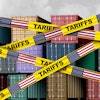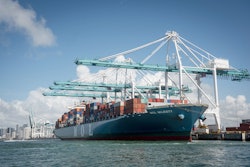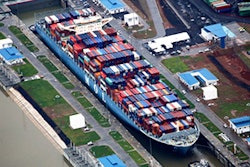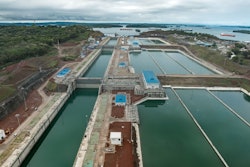
The Panama Canal expansion will bring increased reefer opportunities, according to Argelis Moreno De Ducreux, leader of the liner services segment, executive vice presidency for planning and business development for the Panama Canal Authority, writing in The Maritime Executive.
Today, the main trade through the Panama Canal consists of containerized cargo loaded on container vessels, but in recent years, there has been a transition from conventional reefer cargo vessels to containerized vessels. This trend will continue with the addition of new services through the Panama Canal that will better serve the refrigerated cargo market and its trade route. The Panama Canal Expansion will bring new opportunities to this market segment, offering the capacity necessary to respond to this growth, which will boost the trade of refrigerated products.
Recent trends suggest that the supply chain will shift from container vessels to more versatile reefer containers. Container ships, on the other hand, will only be required to offer reefer plugs, because the technology change is made in the container itself, contrary to the conventional reefer fleet where the investment in technology has to be made for the entire cargo compartments. This flexibility of container ships allows liner services to carry all types of refrigerated commodities.
According to Drewry, from a capacity perspective, the existing global container ship fleet provides 1.8 million TEU of reefer container capacity. By comparison, between 93.9 percent of the world’s reefer capacity in terms of cubic feet is utilized by container ships. From the demand perspective, in 2014, the worldwide perishable trade was 189.5 million tons and approximately 55 percent was seaborne; 75.4 percent of total seaborne reefer cargo was transported in reefer containers and it is expected to increase to 82.3 percent or 19.4 million tons approximately by 2019, being meat, poultry, fish, seafood and bananas, the main traded commodities.
These investments indicate the high demand shippers are experiencing for transporting refrigerated commodities. With the Panama Canal expansion, the temperature-controlled logistics industry will benefit from Neopanamax container vessels that will move twice, or even triple, the amount of cargo allowed today.
To read more, click here.



















